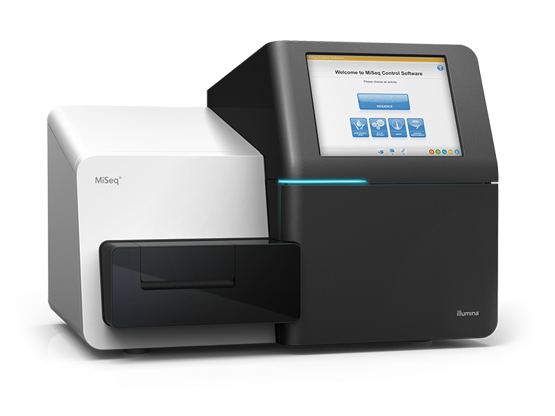Centers
Center for Hypertension and Precision Medicine
Core Facilities
In addition to the equipment available in their individual laboratories, faculty and trainees in our Department have access to additional equipment and resources that are integrated under a number of core facilities through the Center of Hypertension and Personalized Medicine.
Specifically, the Center for Hypertension and Precision Medicine manages and provides access to:
Genomic Core, which contains all the necessary equipment for genotyping, functional assays, mutation detection and positional cloning, such as StepOnePlus™ 96-well Real-Time PCR System (AB-biosystem); digital recording system for agarose electrophoretograms (Gel logic-100 imaging system); Applied Biosystems (ABI) 7500Fast qPCR machine and Agilent 2100 Bioanalyzer, among others.
Bioinformatics Core, which provides the infrastructure for the analysis and visualization of large datasets, with an emphasis on various sequencing data and promotes individual researchers to tap the ever-growing data generated by new research technologies (RNA-Seq, ChIP-Seq, DNA-Seq, and Methyl-Seq).
Biochemical Core, which contains all the standard equipment necessary for all biochemical analysis from tissue/cell culture samples.
Microbiome Core, which is equipped with an Illumina MiSeq next generation sequencer that can generate
15 Giga bases and enables pooling of 96 samples in a library for metagenomics analysis.
The core provides 16S metagenomics services for internal and external users, including
DNA extraction, library preparation, sequencing and data analysis from a variety of
biological samples (feces, saliva, oral swabs, tissues) of rodent, fish and human
origin. After sequencing, data (FASTQ files) is processed and provided to the user
in a compressed folder that includes operational taxonomic unit (OUT) summary, diversity
analysis, taxa summary, enriched taxa, predicted functional pathways and statistical
analyses. The microbiome core also performs whole genome sequencing for cultured
bacteria using Illumina Nextera XT library kit, with as little as 10ng of DNA.
For pricing and more information click here: Microbiota/Microbial Community Services.
Faculty and trainees in our department also have access to additional Centralized Core Resources in the College of Medicine and Life Sciences:
- Center for Advanced Microscopy and Imaging
- Flow Cytometry Core Facility
- Electron Microscopy and Histopathology
- Department of Laboratory Animal Resources (DLAR)
Resources Available in Other Colleges at the University of Toledo:
Exercise Rat Resources
We have developed rat models of aerobic exercise endurance capacity because of the close association of this phenotype with disease risks. Via two-way artificial selection, we have generated models for intrinsic capacity and response to training.
Microbiota/Microbial Community Profiling Services
We are accepting samples for 16S rRNA Gene Metagenomics Services for internal and external users.
Samples starting at less than $50
Please click here for more information:



